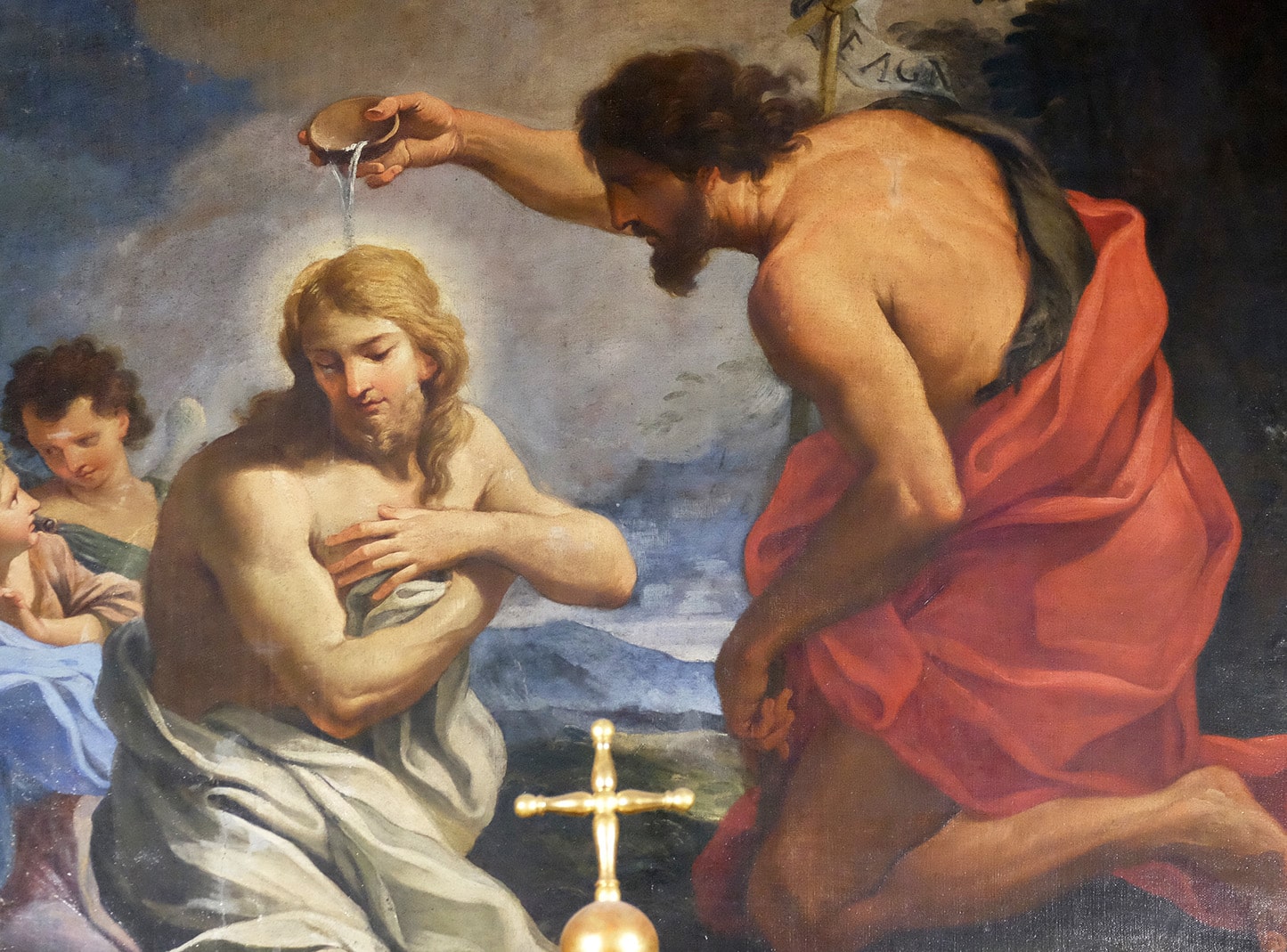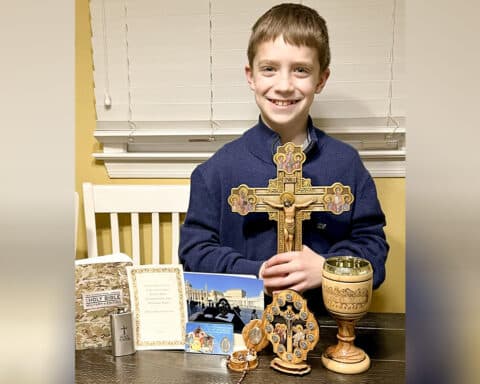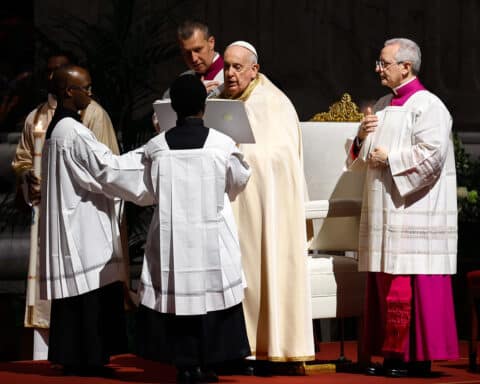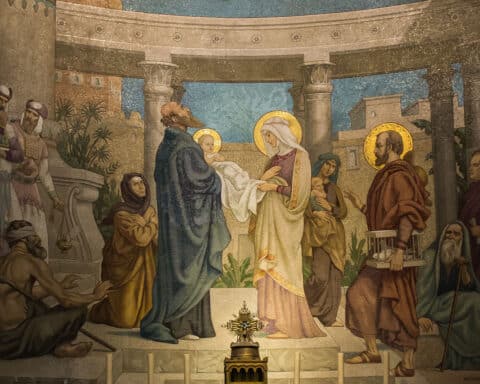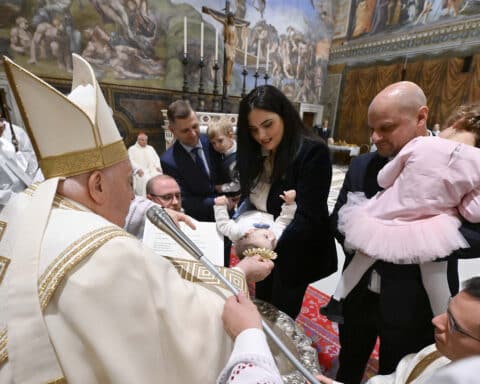Question: There seems to be two ends to the season of Christmas: the feast of Baptism of the Lord, and the feast of the Presentation of the Lord, known as Candlemas. Why do some consider the later feast to be the final end of the Christmas season if Ordinary Time resumes after the feast of Christ’s baptism? And why doesn’t the liturgical season of Christmas get a longer season, similar to the seven weeks of Easter?
— Name, location withheld
Answer: According to the norms issued by the Church, “The liturgical season of Christmas begins with the vigil Masses on Christmas Eve and concludes on the Feast of the Baptism of the Lord.” Hence, the feast of the Baptism of the Lord does mark the definitive end of the Christmas liturgical cycle. While it is true that the feast of the Presentation of the Lord (Candlemas) occurs 40 days after Christmas, it is a kind of looking back to Christmas, not an extension of it. It is like the feast of Annunciation, part of the Christmas cycle, which is inserted into the Lenten season. The elimination of Epiphanytide (in 1970) may be the reason some try to extend Christmas to Feb. 2, but even then, Epiphanytide was not Christmastide. While Christmas is shorter, Easter is the great high feast of the Church and that for which Christ was born: to suffer, die and rise for our salvation. It is suitable that it be celebrated highly and, in a way, contains Christmas.

